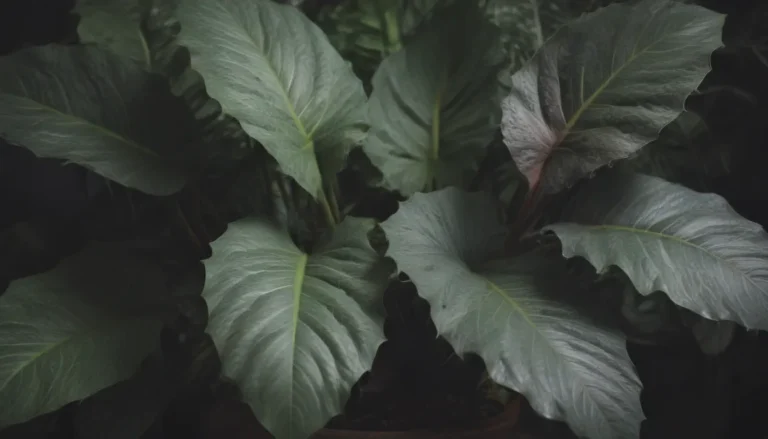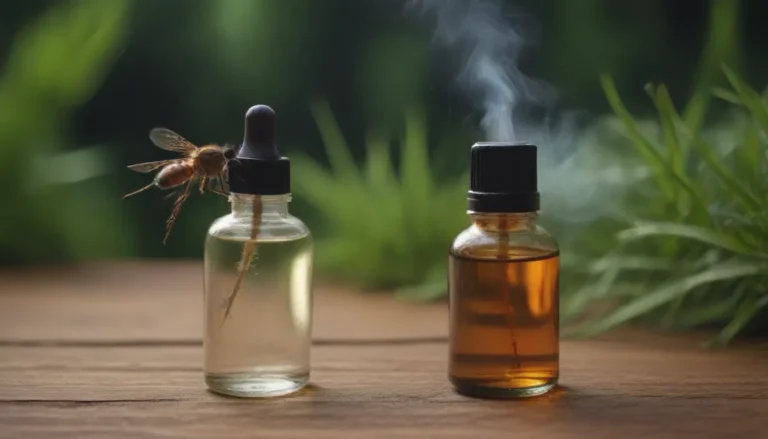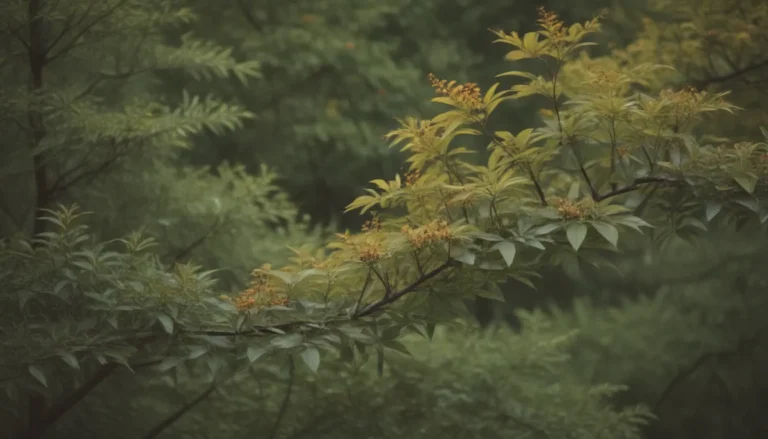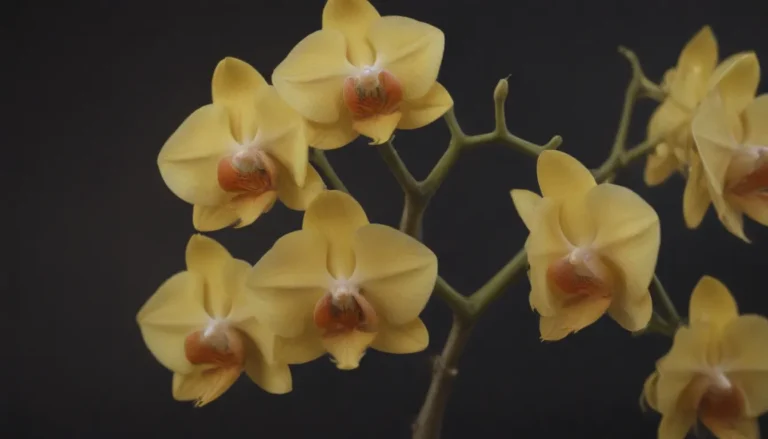Growing and Caring for Radishes: A Comprehensive Guide
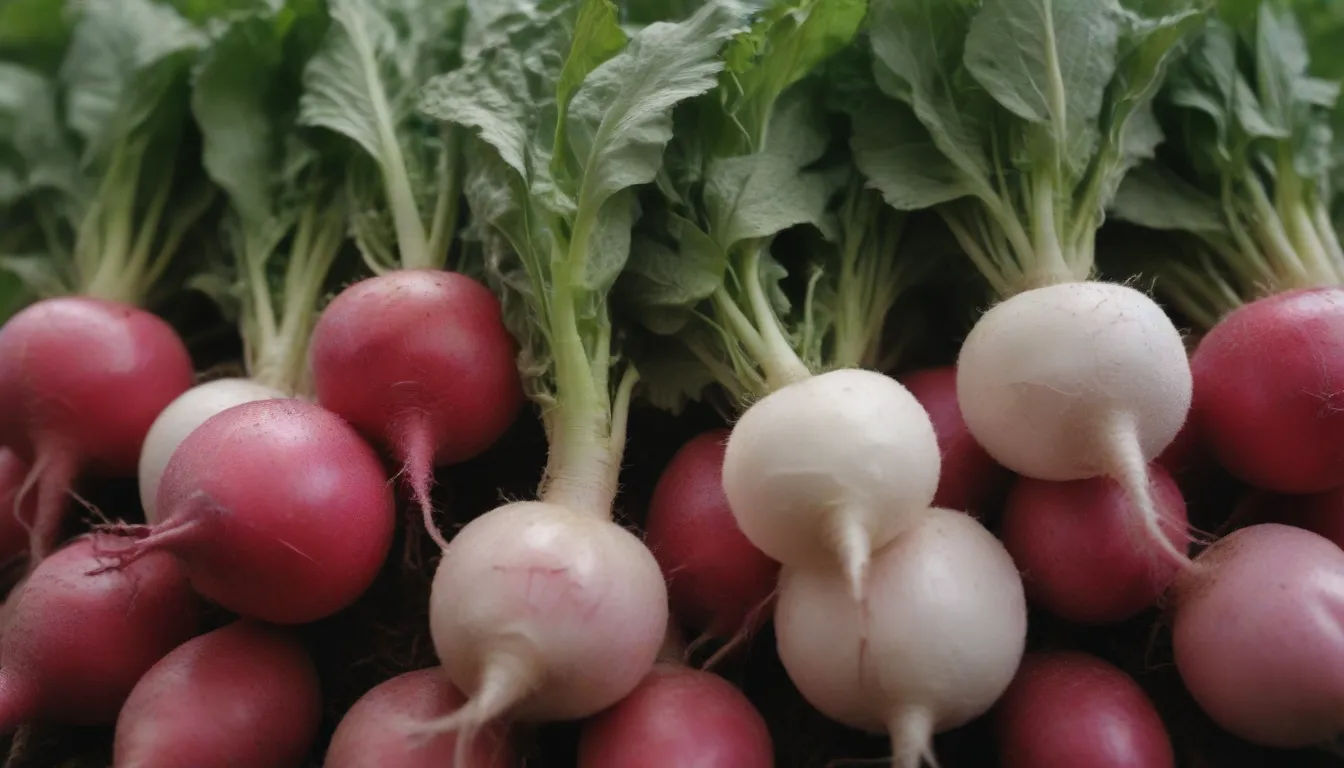
Radishes are a versatile and fast-growing root vegetable that can add a pop of color and flavor to your garden. In this comprehensive guide, we will explore everything you need to know about growing and caring for radishes, from planting to harvesting, and everything in between. So grab your gardening tools and let’s get started on this radish journey!
Getting to Know Radishes
When you think of radishes, you probably envision the small, round, red, and tangy root vegetable that is commonly found in salads. However, radishes come in a variety of shapes, sizes, and colors, ranging from hot to mild in flavor. They belong to the Brassicaceae family, which includes other popular vegetables like broccoli, cabbage, and kale. Radishes are annual vegetables that can be planted in the spring for a spring harvest or in late summer for a fall harvest.
How to Plant Radishes
When to Plant
- Direct seed radishes in the garden in early spring as soon as the ground is workable.
- Sow seeds weekly for a continuous harvest.
- Plant again in late summer, at least four to six weeks before the first fall frost.
Selecting a Planting Site
- Choose a sunny spot with rich, loose, well-draining soil.
- Container growing is an option for small spaces.
- Plant radishes between slower-growing plants like carrots in the vegetable garden.
Spacing, Depth, and Support
- Sow seeds 1/2 inch deep and 1 to 2 inches apart.
- Thin seedlings to 3 inches apart.
- Rows should be spaced 3 inches apart.
- Support structure is not necessary.
Radish Plant Care
Light
- Radishes need full sun for at least six hours a day.
- Lack of sunlight can result in leafy growth instead of root development.
Soil
- Radishes thrive in rich, loamy, or sandy soil with a slightly acidic to neutral pH.
- Avoid heavy or compacted soil that can inhibit root growth.
Water
- Water radishes weekly with 1 inch of water.
- Maintain soil moisture by mulching around the plants.
Temperature and Humidity
- Radishes prefer temperatures between 40 and 70 degrees Fahrenheit.
- Hot weather can cause radishes to bolt and reduce flavor.
- Adequate soil moisture and airflow are essential for healthy growth.
Fertilizer
- If soil is rich, additional fertilizer may not be necessary.
- Incorporate compost into the soil before planting if needed.
Pollination
- Bees and other pollinators will help radish plants.
- Radish varieties can cross-pollinate with each other.
Types of Radishes
- ‘Cherry Belle’
- ‘French Breakfast’
- ‘Scarlet Globe’
- ‘Golden Helios’
- ‘Daikon’
Radishes vs. Turnips
- Radishes are smaller with a nuttier, spicier flavor.
- Turnips are larger with a more subtle, earthy taste.
Harvesting Radishes
- Harvest when roots are around 1 inch in diameter.
- Check for slightly raised shoulders above the soil.
- Pull out radishes to test for readiness.
- Harvest before radishes become hot and pithy.
How to Grow Radishes in Pots
- Container growing is suitable for small spaces.
- Use a round container with ample drainage holes.
- Monitor moisture levels closely and water as needed.
Pruning
- Thin seedlings to allow proper development.
- Use thinned seedlings in salads or as garnishes.
Propagating Radishes
- Radishes are best grown from seeds.
- Collect seeds from mature plants for future use.
- Plant seeds in early spring or fall for optimal growth.
Overwintering
- Radishes are annuals and do not require overwintering.
Common Pests and Plant Diseases
- Cabbage maggots, cutworms, and flea beetles may affect radish plants.
- Monitor for pests and diseases regularly.
- Growing under row covers can help prevent pest issues.
Growing radishes can be a fun and rewarding experience, especially for beginner gardeners. With their quick growth rate and versatility, radishes are a great addition to any home garden. Whether you plant them in the ground or in containers, these vibrant root vegetables are sure to brighten up your harvest. So roll up your sleeves, grab your seeds, and start growing your own radishes today!
